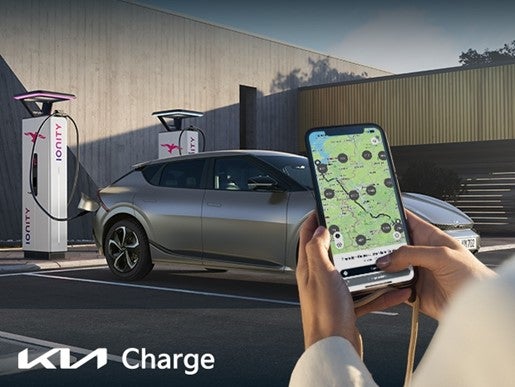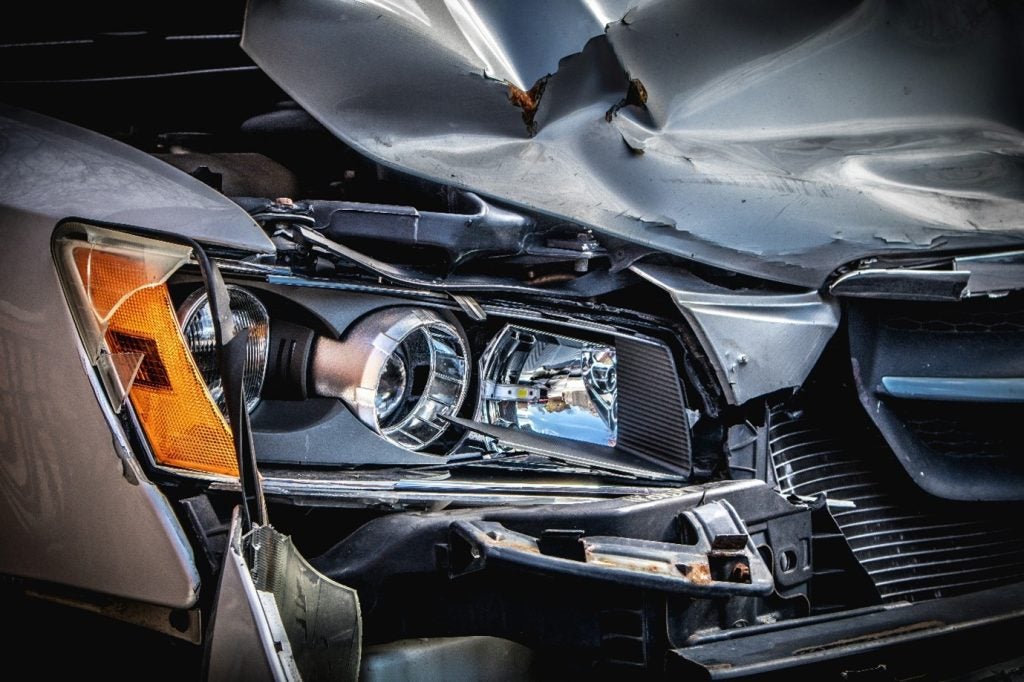
Kia Motors Europe used the most recent IAA show in Frankfurt to reveal an upgraded third-generation Sorento. Notable cosmetic features of this full-sized seven-seater include reshaped bumpers, tweaked lighting, darkened version of Kia's 'tiger-nose' grille, updated instrumentation and sporty GT-Line badging. It also comes bristling with active safety features and Kia's in-house engineered eight-speed automatic transmission. As Kia's guests on a press trip to Seoul, we got the chance to drive this fresh-faced SUV.
This upgraded Sorento is the first SUV from Kia available with the company's new eight-speed automatic transmission. Designed in-house by Kia and launched in 2016, the transmission has no fewer than 143 newly-patented technologies. Compared to other automatic transmissions, the carmaker points out that its unit requires fewer control valves, enabling a more direct mechanical link to the engine. This allows the transmission to shift more quickly than the outgoing six-speed automatic. The greater choice of gears enables more decisive acceleration while reducing CO2 emissions from 172 to 159 g/km.
Inside the cabin are a newly-designed steering wheel and driver instrument cluster, alongside a new climate control LCD display. The dashboard also features an upgraded audio visual navigation system.
A new GT Line variant to the Sorento features a range of upgrades for added style and on-road presence. The exterior boasts four-lamp LED fog lights, red brake callipers, a more prominent sill step and subtle GT Line badging designed to distinguish it from other Sorento models. Diesels are fitted with a distinctive new chrome twin exhaust tip.
The interior of the GT Line includes the same improvements as the standard car and also quilted leather seats with contrasting grey stitching to complete the look. In addition, the new variant features touches of satin chrome. The cockpit area is cloaked in soft-touch materials and leather, adding to the premium ambience.
Sorento is available with Kia's so-called DRiVE WISE Advanced Driver Assistance Systems (ADAS). For example, the new Driver Attention Warning system combats distracted or drowsy driving. The system monitors a number of inputs from the vehicle and the driver. It sounds a warning chime and displays a graphic in the instrument binnacle if it senses a lapse in concentration from the driver. Other new safety features available on the Sorento include: Lane Keeping Assist System, High Beam Assist, and full LED headlamps with Dynamic Bending Light.
How well do you really know your competitors?
Access the most comprehensive Company Profiles on the market, powered by GlobalData. Save hours of research. Gain competitive edge.

Thank you!
Your download email will arrive shortly
Not ready to buy yet? Download a free sample
We are confident about the unique quality of our Company Profiles. However, we want you to make the most beneficial decision for your business, so we offer a free sample that you can download by submitting the below form
By GlobalDataSorento has plenty of kit to keep the driver and occupants entertained via an eight-inch touchscreen infotainment system with sat-nav, connected services, Apple CarPlay and Android Auto, enabling smartphone integration.
On the road
As we set off from base camp in downtown Seoul, our right-hand drive UK-spec model felt smooth and quiet around some congested city streets. In South Korea, 73 per cent of the population drives a car from Kia or one of its sister companies. Putting our faith and trust in the TomTom sat-nav to get us from A to B, the first thing that stood out were the long and interesting street names. As we learned, Korean street names typically end in -daero (boulevard), -ro (street) or -gil (road) and they are distinguished by width; -daero (over 8 lanes), -ro (2~7 lanes), -gil (others). For example, we would typically hear: "in 100 yards, turn left onto the Namdaemun-ro 5-gil." Miraculously, we made it out of the metropolis without too many detours or u-turns.
Also, a 'cuckoo' sound popped up from the sat-nav every now and then to warn us of a speed camera followed by a 'ker-ching' to indicate (my best guess) that speeding will cost you dear. Taken together, they reminded me of a sound from a Marc Bolan glam rock song.
This latest version of Sorento goes on sale across Europe from this quarter period and reaches our shores early next year. The starting price has yet to be revealed. Michael Cole, chief operating officer of Kia Motors Europe, remarked: "The Sorento accounted for 15,769 sales across Europe in 2016, and it remains an important contributor to the company's sustained sales growth." The Sorento competes with the likes of the Skoda Kodiaq and Land Rover Discovery Sport.
A moment of reflection
Our test drive from South Korea's capital took us to Imjingak, a park with Korean war monuments, historical information, and views across to North Korea from the safety of Sam's Bagel Bar. The second leg of the journey took us further along the North-South Korean border to Solma-ri and a beautiful commemorative garden in autumn colours at the foot of Hill 235, overlooking the River Imjin.
As this is Armistice Week, it is poignant to reflect on the events that took place 66 years ago. It was here that the Battle of the Imjin River raged day and night between 22 and 25 April 1951 during the Korean War. Troops from the Chinese People's Volunteer Army attacked United Nations (UN) positions on the lower part of the river in an attempt to achieve a breakthrough and recapture Seoul.
The section of the UN line where the battle took place was defended primarily by the British Army from three units, including the Gloucestershire Regiment. During the bloodiest battle fought by the British Forces since WWII, this brave unit of 700 men ('Glorious Glosters' as they became known) faced more than 27,000 Chinese soldiers. They were guarding a 12-mile line along the river bank. Against all the odds, their delaying tactics over three days on Gloster Hill gave the UN forces time to regroup and block the Chinese advance on Seoul. This battle is regarded as a pivotal moment in the Korean War.
Veterans of the Glorious Glosters still return to this place for a memorial service in April each year, supported by Kia UK.





